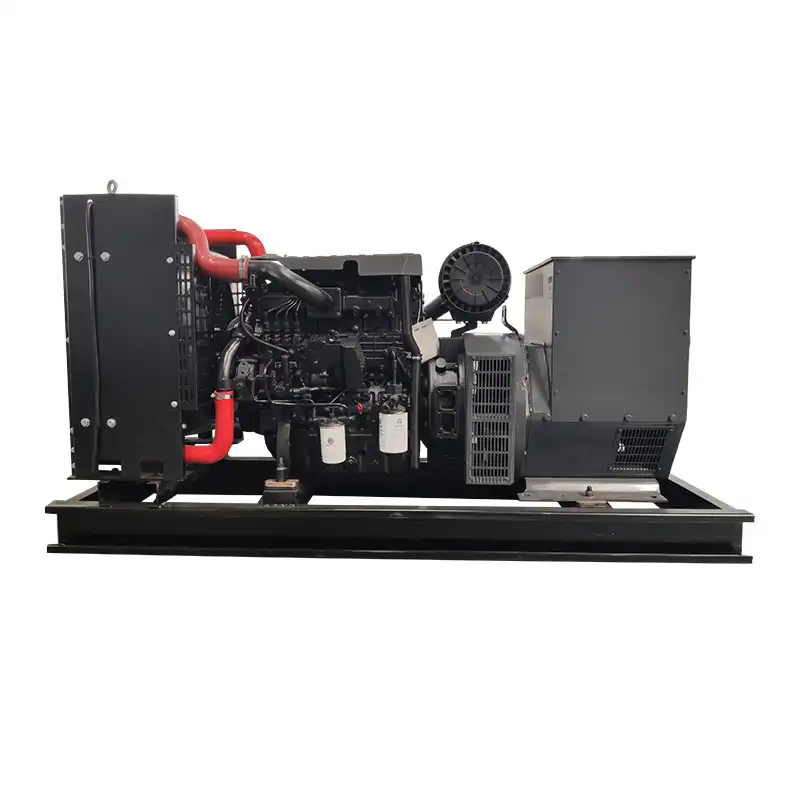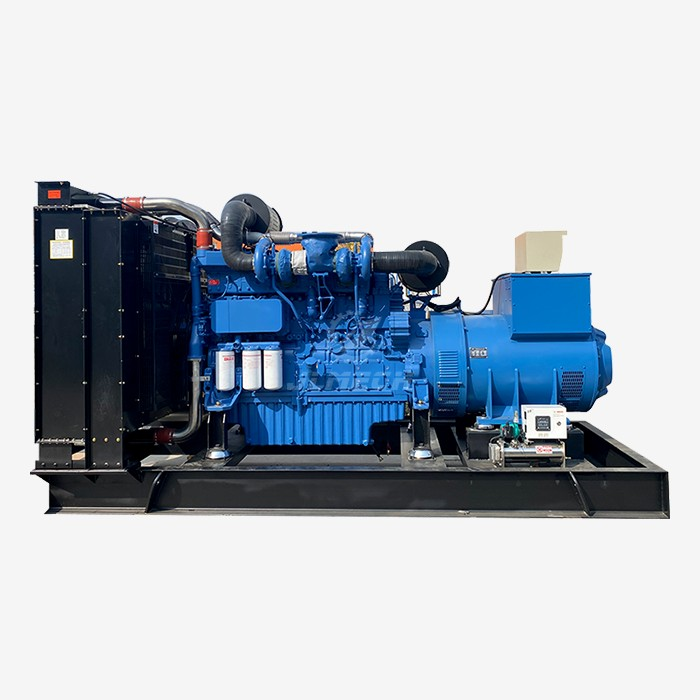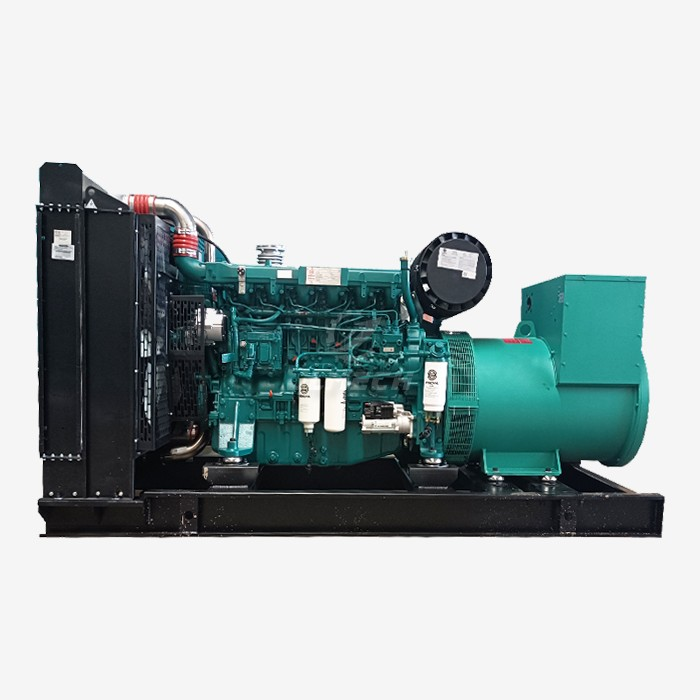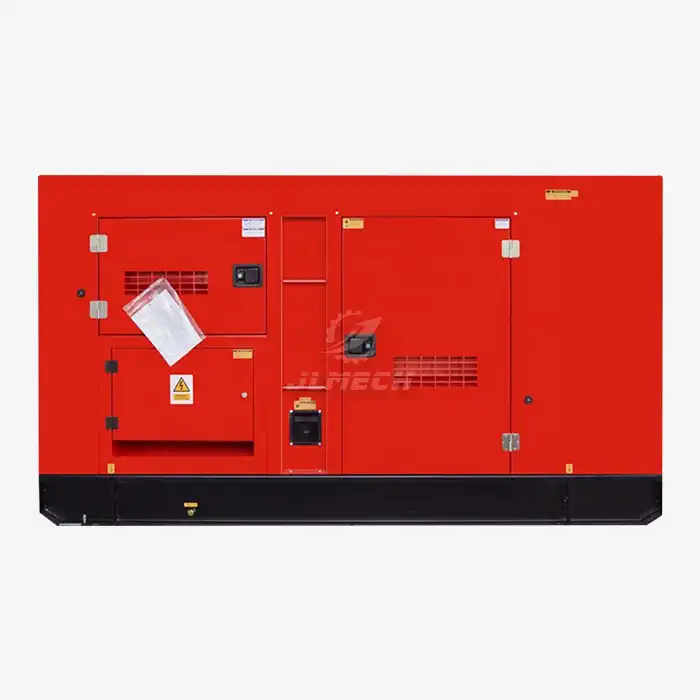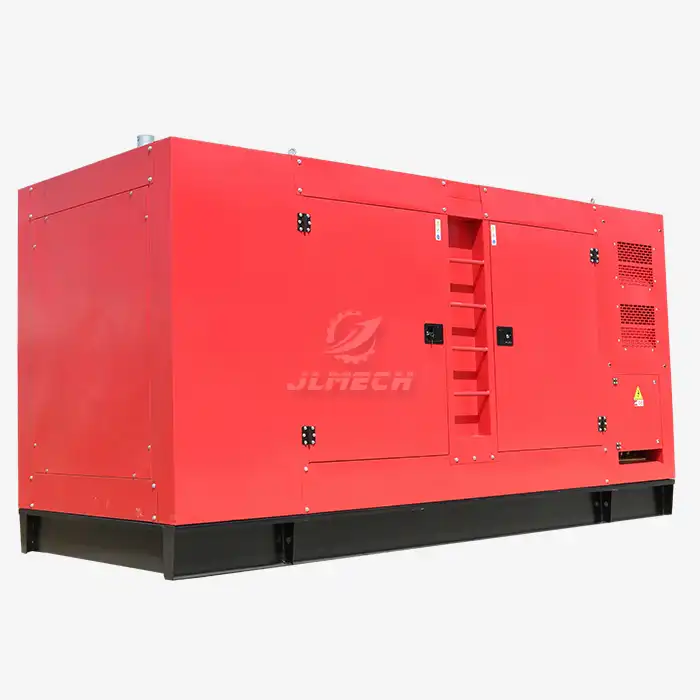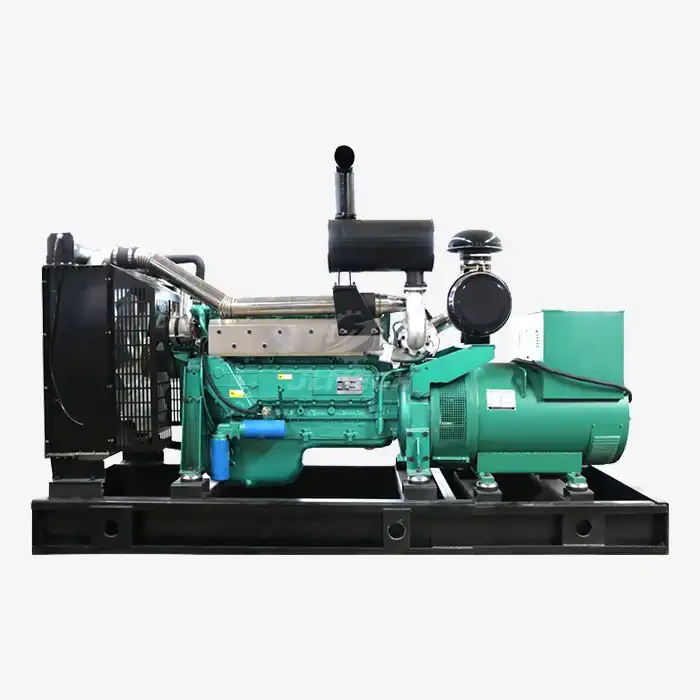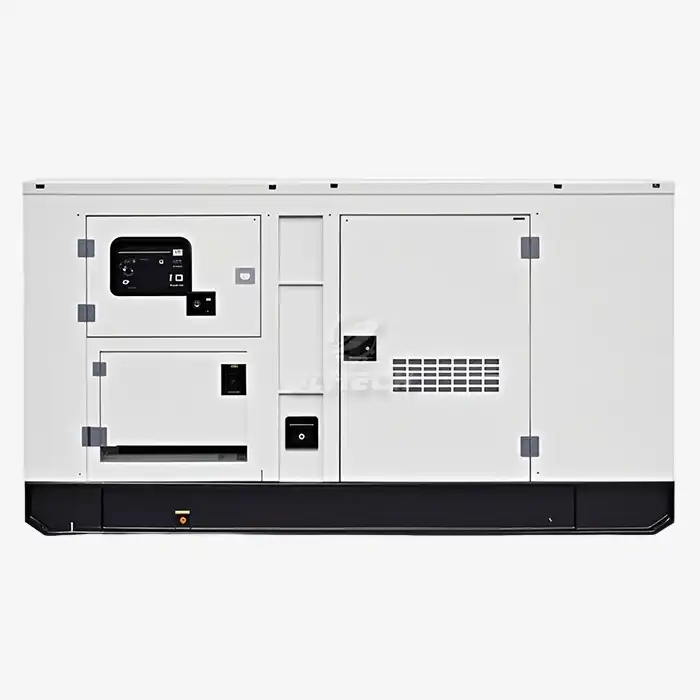How much CO2 emissions per kWh from diesel generator?
In today's environmentally conscious industrial landscape, understanding the carbon footprint of your operations is not just a regulatory necessity—it's a core component of sustainable business practice. For companies relying on diesel generators for prime or backup power, knowing the exact CO₂ emissions per kWh is crucial for compliance, reporting, and reducing environmental impact. This article breaks down the numbers, explains the variables, and offers practical guidance to help you manage your generator emissions effectively.

Core Data and Calculation Method
On average, a diesel generator produces between 0.6 kg and 0.8 kg of CO₂ per kWh of electricity generated. This range depends primarily on the efficiency of the generator and its operating conditions.
The standard method for calculating CO₂ emissions is based on fuel consumption:
CO₂ Emissions (kg/kWh) = Fuel Consumed (Liters per kWh) × CO₂ Emission Factor
The CO₂ emission factor for diesel is generally accepted to be approximately 2.68 kg of CO₂ per liter of diesel combusted.
Example Calculation:
If a generator consumes 0.3 liters of diesel to produce 1 kWh of electricity:
CO₂ Emissions = 0.3 L/kWh × 2.68 kg CO₂/L = 0.804 kg CO₂/kWh
It's important to note that higher fuel efficiency directly leads to lower CO₂ output per kWh.
Key Variables Affecting CO₂ Emissions
Several factors can cause your generator’s CO₂ emissions to deviate from the average values:
Load Level: Operating at very low load (below 30-40%) significantly reduces combustion efficiency, increasing fuel consumption per kWh and thus CO₂ emissions. Optimal efficiency is typically achieved at 70-80% of rated load.
Generator Technology and Age: Modern generators engineered to meet stringent emission standards (such as EPA Tier 4 Final or EU Stage V) incorporate advanced combustion technology that burns fuel more completely, yielding more power per liter of fuel and lower CO₂/kWh.
Maintenance Schedule: A poorly maintained generator consumes more fuel. Simple actions like cleaning air filters, ensuring proper injector function, and using the correct oil grade maintain peak efficiency and minimize excess emissions.
Fuel Quality: The type and quality of diesel can influence combustion efficiency. Biofuel blends (e.g., B5, B20) have a different carbon profile and can alter the overall CO₂ emissions calculation.
Understanding and managing these variables is essential for accurately estimating and controlling your generator emissions.
Conclusion
Calculating and reducing generator emissions from generation is a manageable process with the right knowledge and technology. By focusing on operational efficiency, regular maintenance, and investing in modern generator sets, businesses can significantly lower their carbon footprint while ensuring reliable power.
At JLMECH, we provide more than just generators; we deliver power solutions designed for efficiency and sustainability. Our expertise ensures that you get a system that not only meets your power needs but also aligns with your environmental goals.
Contact us today to explore how our generators can optimize your energy consumption and reduce emissions. Our team is ready to help you select the ideal model for your requirements. For a detailed consultation and custom solution, email us at skala@whjlmech.com.
References
Intergovernmental Panel on Climate Change (IPCC). (2006). 2006 IPCC Guidelines for National Greenhouse Gas Inventories, Volume 2: Energy. Geneva: IPCC.
U.S. Energy Information Administration (EIA). (2022). Carbon Dioxide Emissions Coefficients. Washington, DC: EIA.
Johnson, A. (2010). Emergency Power Systems: A Comprehensive Guide to High-Speed Diesel Generators. Power Engineering Quarterly, 45(3), 78-92.
European Environment Agency (EEA). (2021). EMEP/EEA Air Pollutant Emission Inventory Guidebook. Copenhagen: EEA.
Miller, T., & Roberts, S. (2015). Emissions Control in Diesel Engines: Technologies and Trends. Journal of Sustainable Energy, 22(4), 112–125.



